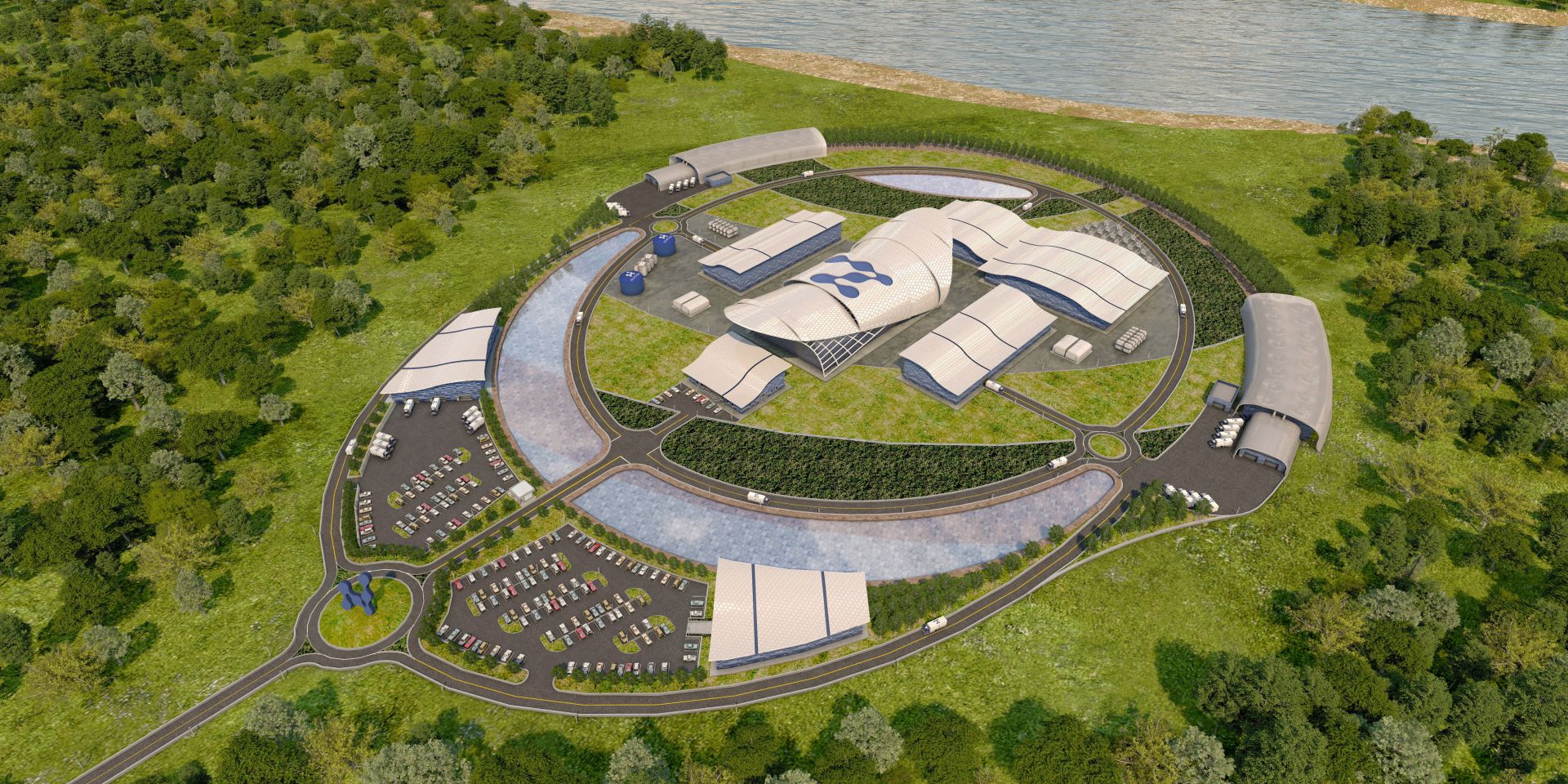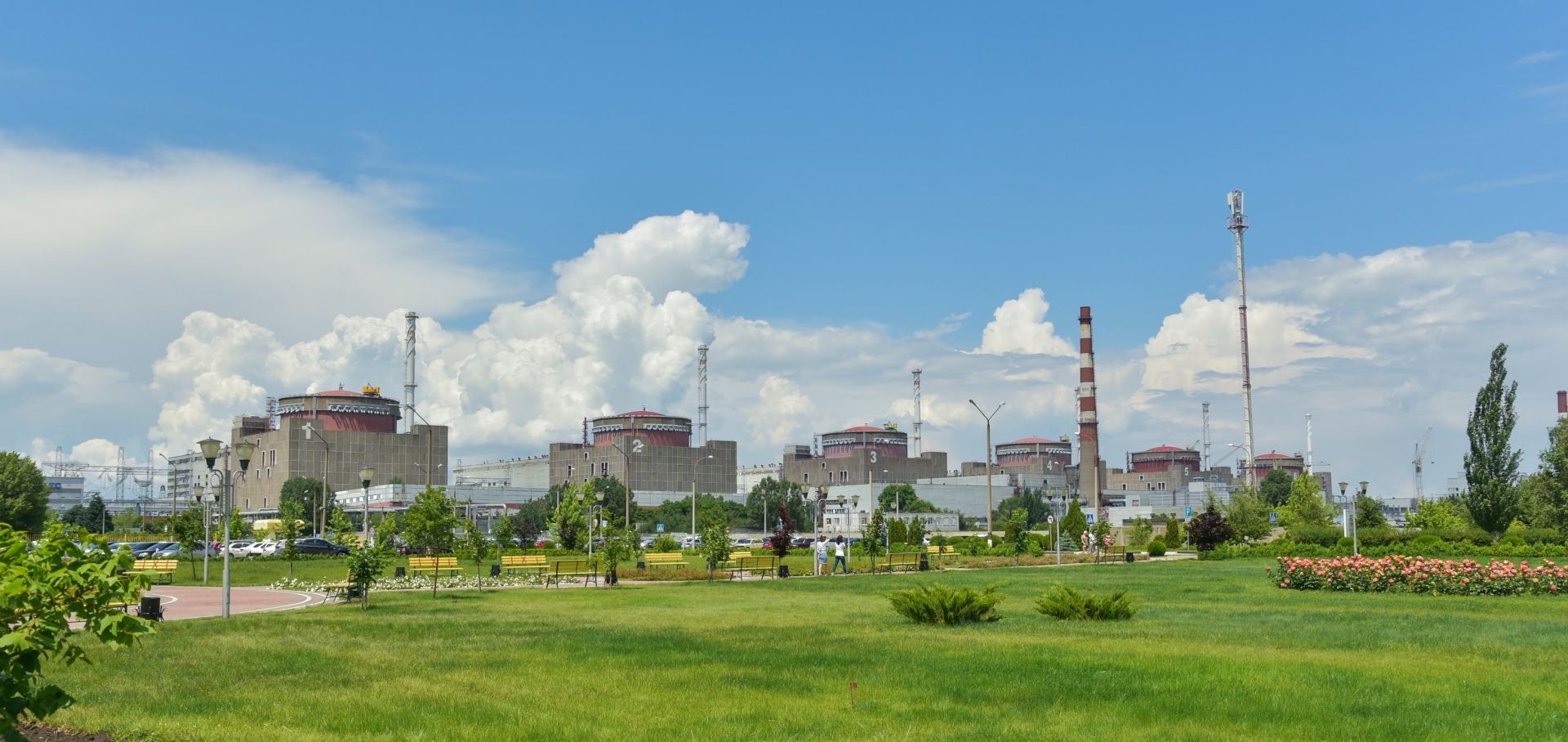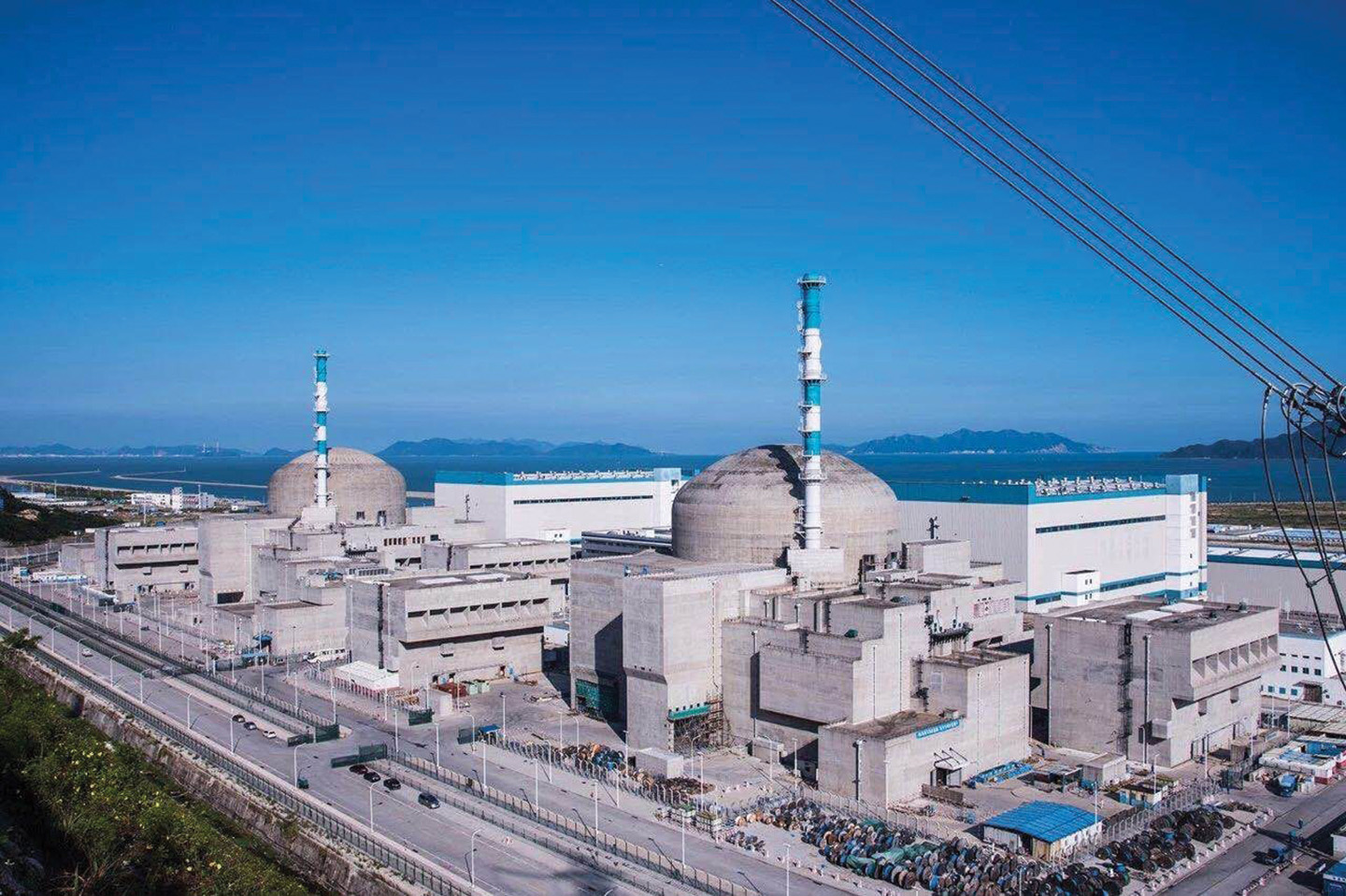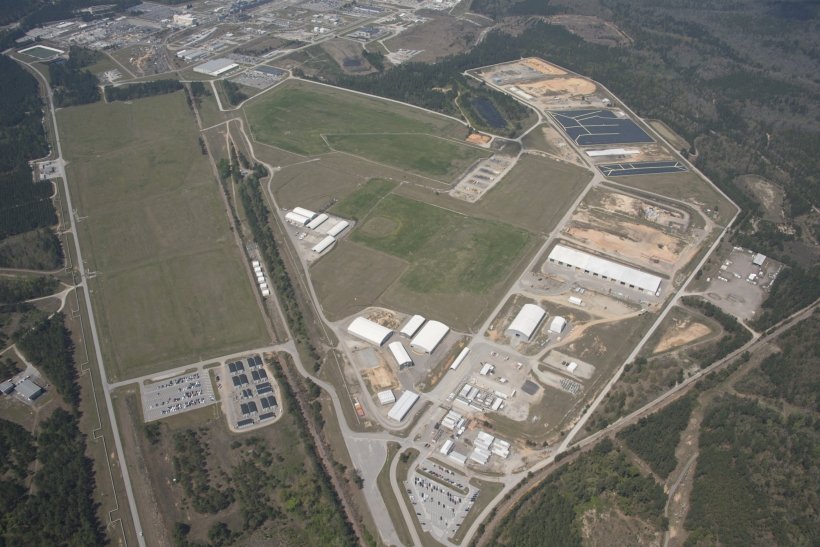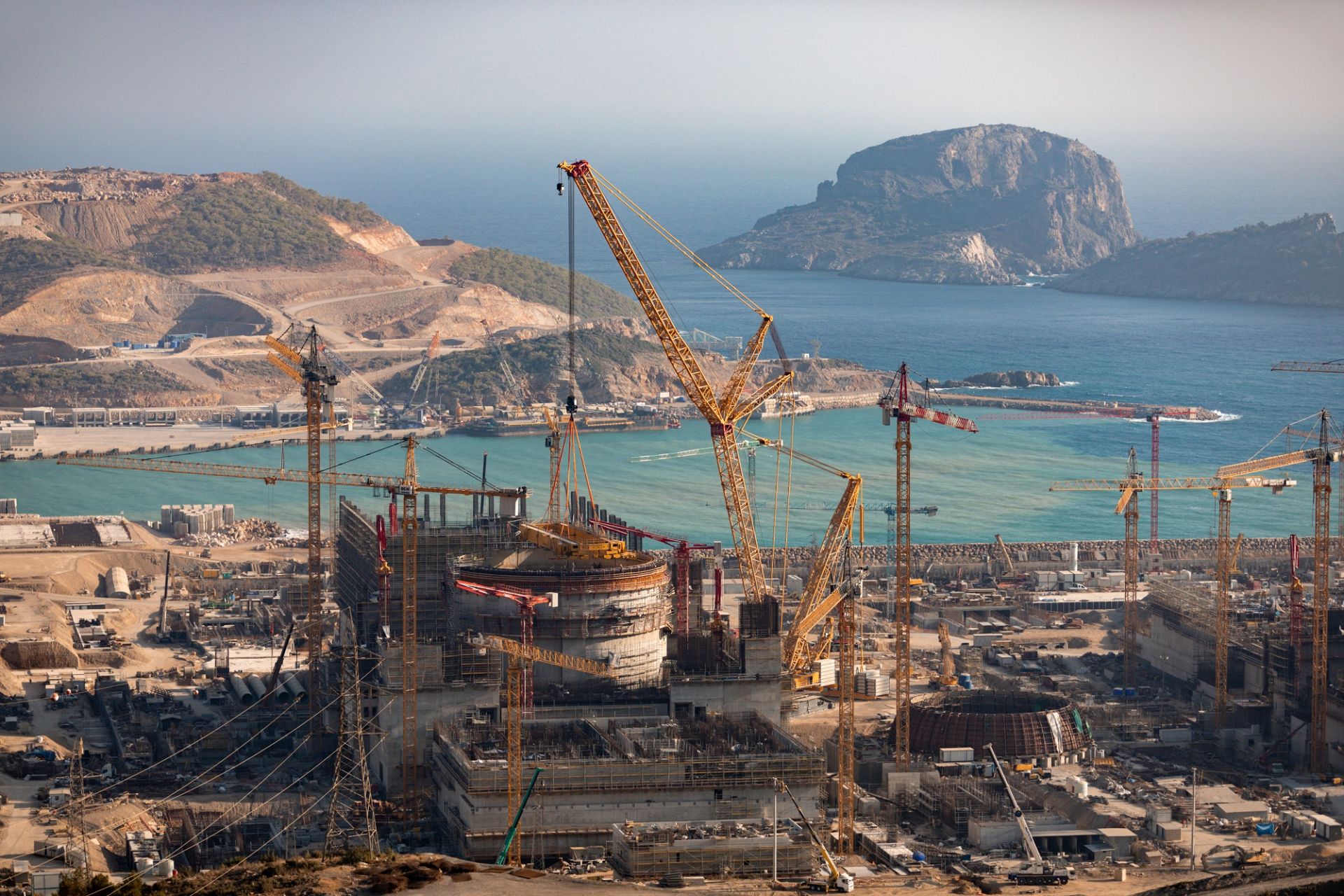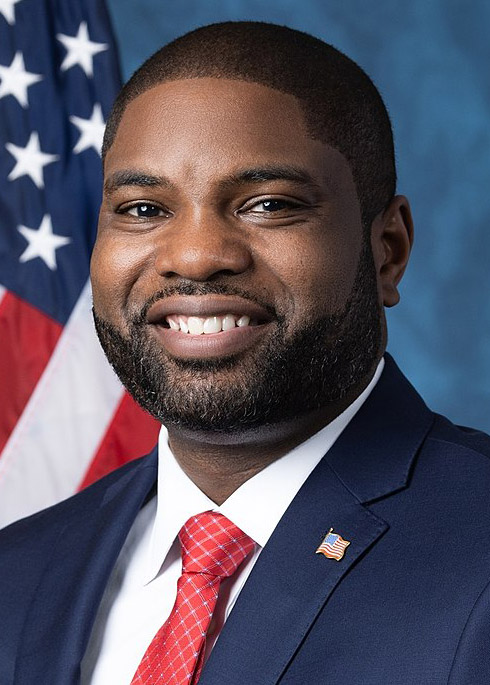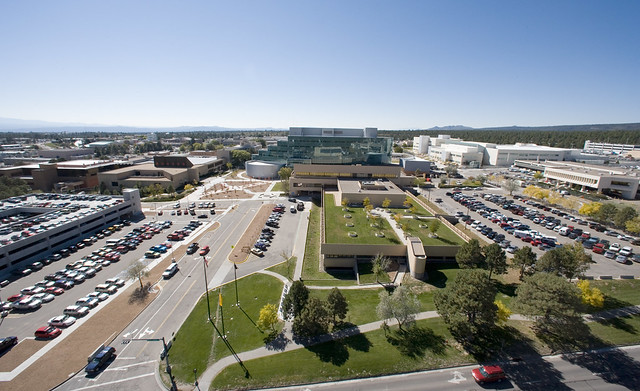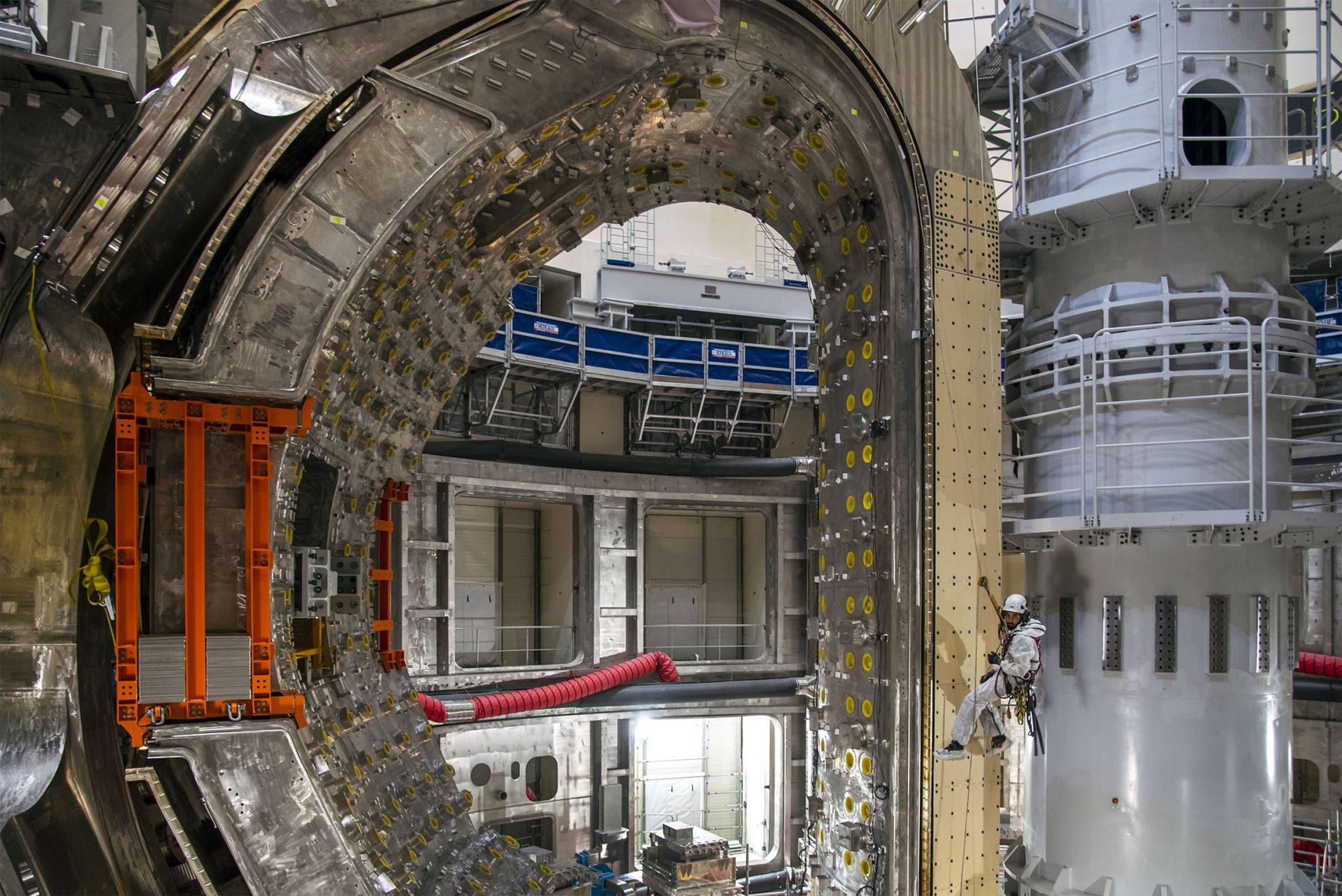Francesco Venneri (left), USNC CEO, and Hyeon Sung Hong, Hyundai Engineering CEO, at a framework agreement signing for MMR project development and deployment.
Representatives of Ultra Safe Nuclear Corporation (USNC) of Seattle, Wash., and Hyundai Engineering of Seoul, South Korea, traveled last week between USNC project sites in Oak Ridge, Tenn., and Ontario, Canada, to sign two agreements extending their collaboration on the deployment of USNC’s high-temperature, gas-cooled Micro Modular Reactor (MMR). The agreements expand on a business cooperation agreement signed in January 2022 and an engineering agreement signed in June, and follow the closure earlier this month of a previously announced $30 million equity investment after its review by the U.S. Treasury Department’s Committee on Foreign Investment in the United States.
From left: Bas Sujis (ULC-Energy), Sophie Macfarlane-Smith (Rolls-Royce SMR), Joanna Roper CMG (U.K. ambassador to the Netherlands), Alan Woods (Rolls-Royce SMR), and Dirk Rabelink (ULC-Energy). (Photo: Rolls-Royce SMR)
The United Kingdom’s Rolls-Royce SMR has signed an exclusive agreement with ULC-Energy—a Dutch nuclear development company established in 2021—to deploy small modular reactor stations in the Netherlands. (ULC stands for Ultra Low Carbon.)
Artistic rendering of a NuScale nuclear power plant. (Image: NuScale Power)
NuScale Power yesterday announced the signing of a memorandum of understanding with Estonia’s Fermi Energia, a company focused on small modular reactor development to address the Baltic state’s climate and energy security goals.
Under the MOU, Fermi Energia will evaluate the Portland, Ore. – based firm’s small modular reactor design for deployment in Estonia. (There are no nuclear power facilities in Estonia or in the other Baltic countries, Latvia and Lithuania.)
The Zaporizhzhia plant (Image: Energoatom)
Energoatom, Ukraine’s nuclear plant operator, is reporting that Units 5 and 6 at the Zaporizhzhia plant—currently the facility’s only operational reactors—were disconnected from the country’s power grid early in the morning of August 25.
The Zaporizhzhia site has been under the control of the Russian military since March 4, just days after Russia commenced its invasion of Ukraine.
The Taishan nuclear power plant in China. (Photo: CGN)
China’s Taishan-1, which was shut down last summer due to damaged fuel rods, resumed operations on August 15.
The plant briefly made headlines last summer—as much for the damage inside the reactor as for the media fallout. In June 2020, plant operators found damage to the cladding on about five of the 60,000 fuel rods in Taishan-1, one of the plant’s two 1,660-MW EPRs. What happened next seemed like a bad game of “telephone.”
The Solid Waste Management Facility at the Savannah River Site. (Photo: DOE)
The Solid Waste Management Facility (SWMF) at the Department of Energy’s Savannah River Site recently was subject to an enhancement program designed to improve procedure format and quality. The program has led to a greater efficiency and a streamlined procedure review process at the facility, according to the DOE’s managing and operating contractor at SRS.
Turkey’s Akkuyu-1 receives its polar crane. (Photo: Akkuyu Nuclear)
Akkuyu Nuclear, the Ankara-based Rosatom subsidiary established to manage Turkey’s Akkuyu nuclear plant project, has announced the successful mounting of the Unit 1 polar crane. The operation was carried out using a Liebherr LR 13000 crane and took approximately four hours, according to Akkuyu Nuclear.
Also referred to as a circular bridge crane, the polar crane operates on a circular runway located near the spring line of the containment building. It is used for a wide range of loading and lifting tasks within containment, including reactor-head removal/replacement and fuel loading/unloading.
The Darlington-3 reactor face. (Photo: OPG)
Ontario Power Generation has announced that refurbishment of Unit 3 at its Darlington nuclear plant is progressing ahead of schedule, with an expected return to service by late 2023, rather than early 2024.
A view of Los Alamos National Laboratory. (Photo: LANL)
The National Nuclear Security Administration announced that, in compliance with the National Environmental Policy Act (NEPA), it intends to prepare a site-wide environmental impact statement (SWEIS) to analyze the potential environmental impacts for continuing operations of the Los Alamos National Laboratory for the next 15 years. The SWEIS will also analyze the environmental impacts of legacy waste remediation being done by the Department of Energy’s Office of Environmental Management at the site.
The Zaporizhzhia nuclear power plant. (Photo: Ralf1969, Wikimedia Commons)
The latest news on Ukraine’s Zaporizhzhia nuclear power plant—under occupation by the Russian military since early March—sparks some hope, but also more anxiety.
The good: This morning, Russia requested that the United Nations Security Council hold a meeting tomorrow on the situation at the six-unit pressurized water reactor plant, according to RIA Novosti, a Russian state-owned news agency. The RIA report cited a post via the Telegram messaging app from Dmitry Polyansky, Russia’s first deputy minister at the UN. In the post, Polyansky said the meeting is scheduled for “22:00 Moscow time on August 23.”
Terrani, Huff, and Fleischmann had the honor of cutting the ribbon to celebrate the opening of the Pilot Fuel Manufacturing facility. (Photo: USNC)
Ultra Safe Nuclear Corporation (USNC) celebrated the opening of its Pilot Fuel Manufacturing (PFM) facility in Oak Ridge, Tenn., on August 18 with a ribbon-cutting ceremony and tour attended by assistant secretary for nuclear energy Kathryn Huff, Tennessee lieutenant governor Randy McNally, U.S. Rep. Chuck Fleischmann (R.), representatives from the offices of Sens. Marsha Blackburn (R.) and Bill Hagerty (R.), and other distinguished guests. The next day, radiological operations began at the privately funded facility, which was designed and built in less than twelve months within an existing industrial building purchased by USNC in 2021.
The first sector of the ITER vacuum vessel was placed in the assembly pit in May. Here, a technician positions targets on the surface of the component to be used in laser metrology. (Photo: ITER Organization)
Delivery of electricity from fusion is considered by the National Academies of Engineering to be one of the grand challenges of the 21st century. The tremendous progress in fusion science and technology is underpinning efforts by nuclear experts and advocates to tackle many of the key challenges that must be addressed to construct a fusion pilot plant and make practical fusion possible.
The NS Savannah—the first merchant ship powered by a nuclear reactor.
The American Bureau of Shipping (ABS) has announced the launch of a research project that will look into barriers to the adoption of advanced nuclear propulsion for commercial vessels.
The $794,000 project, awarded to ABS last year by the Department of Energy’s Office of Nuclear Energy, is now being formally contracted through the DOE’s U.S. Industry Opportunities for Advanced Nuclear Technology Development funding opportunity, according to ABS’s August 17 announcement. Support is to be provided by Idaho National Laboratory’s National Reactor Innovation Center (NRIC).
The session hall of the Batasang Pambansa Complex in Quezon City, the seat of the Philippines’ House of Representatives.
The Philippines’ House of Representatives has established a special 25-member committee to focus on nuclear energy.
Within the committee’s purview, according to an August 9 release from the House’s Press and Public Affairs Bureau, are “all matters directly and principally relating to the policies and programs to the production, utilization, and conservation of nuclear energy, including the development of nuclear power infrastructure, as well as interaction of other energy sources with nuclear energy as a reliable, cost competitive, and environment-friendly energy source to ensure energy security consistent with the national interest and the state’s policy of freedom from nuclear weapons.”





